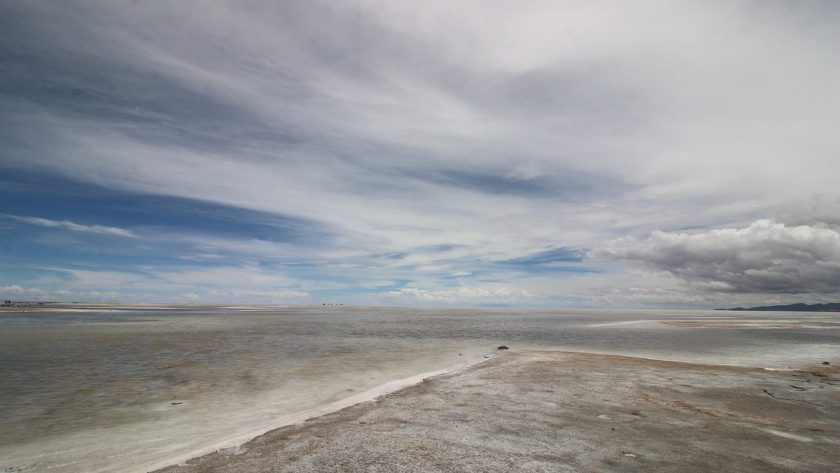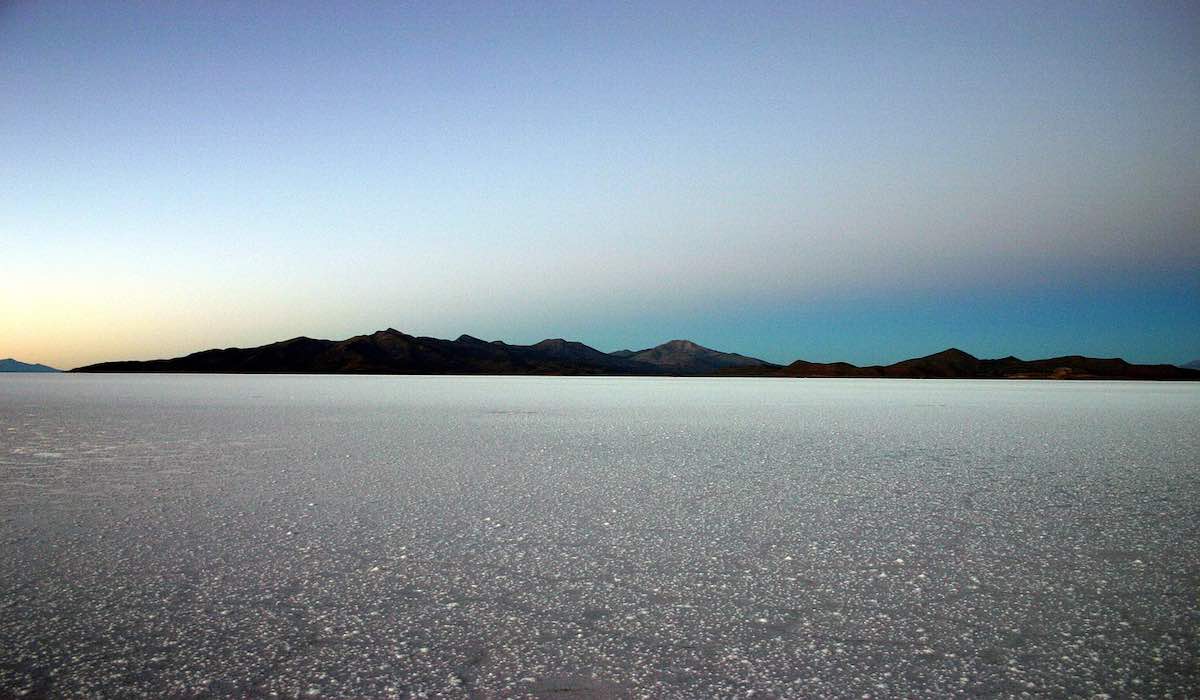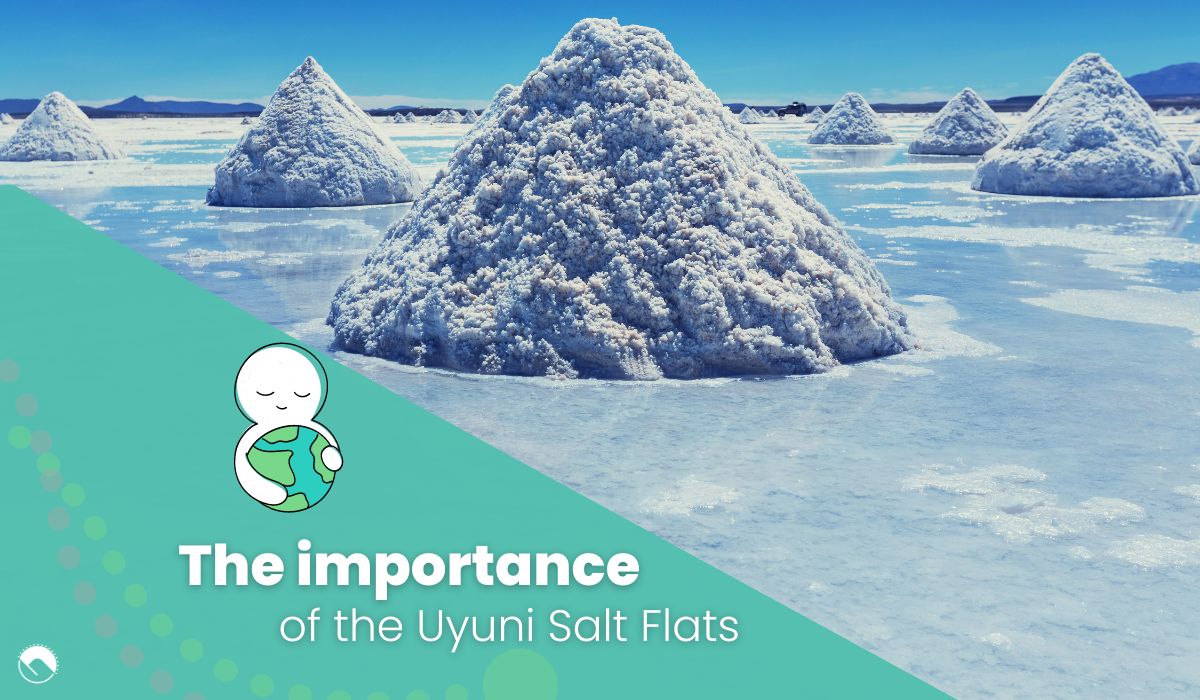This post is also available in:
 Español
Español
Visiting Salar de Uyuni satisfies the expectations of any traveler because it is simply incredible. Its 10.500 square kilometers of white surface are synonymous of immensity. But you may be surprised to learn that it has not always been so. Surely you have not stopped to think about how was Salar de Uyuni formed , but we have come to reveal it to you before you start planning to visit this magical place.
How was Salar de Uyuni formed
The area where the well-known Salar de Uyuni lies today was covered by Lake Ballivian, Lake Minchin and Lake Tauca.
It was the last one mentioned from whose evaporation the famous Salar de Uyuni was formed. Lake Ballivian was the predecessor of Lake Titicaca and the Minchin left in its wake the lakes Poopo, Uru uru and Salar de Coipasa.
These lakes reached an elevation of about 100 meters above the current level of the salt flat, and covered the current salars of Uyuni and Coipasa, and the lakes Poopo and Uru Uru. This situation was due to a wet phase with more rainfall than today.
When this period turned onto a dry and warm one, the salt layers under the lakes solidified. The result was the flat extension known today as Salar de Uyuni.
Composition of Salar de Uyuni
The depth of the salt flat is 120 meters and it is composed of approximately 11 layers of salt. Every layer has a different thickness and the one in the surface is the thickest. Between the layers, rainwater accumulates and is converted into brine (water with a high concentration of dissolved salt of more than 5%).

The salt layer is formed by porous halite filled with brine rich in lithium, potassium, boron and magnesium. The highest percentage corresponds to lithium and one of the curiosities of Salar de Uyuni is that it is the world’s largest lithium reserve.
What to see in Salar de Uyuni today
Although it is in the southwest of Bolivia, visitors also come from neighboring countries from where you can get to Salar de Uyuni. It is the attraction of more than 60.000 tourists a year!
In addition to obtaining the most original photos in Salar de Uyuni for launching their Instagram accounts, tourists travel from all over the world to the stunning salt flat to discover its optical effects and colors. Be warned that an unparalleled experience in Salar de Uyuni is not very difficult to achieve.

Watching the sunrise at the Uyuni Salt Flat could be a good time to enjoy the intense mauve tones and the best way to start the day. Knowing the history of Incahuasi Island and discovering the Train Cemetery and the rests of its abandoned wagons could be a good way to continue it.
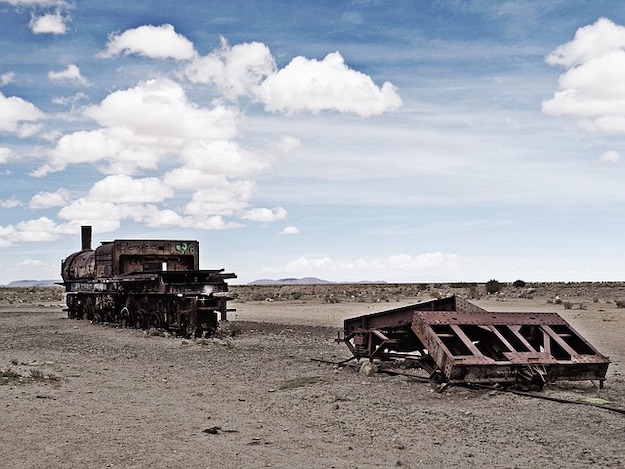
To end the day well, we suggest you sleep in the Salt Hostel, but we warn you that the outside is made of bricks. It may seem contradictory, but due to the strong Uyuni rainy season, it is impossible to keep the building made of salt on the outside, but inside it is completely made of salt, promise!
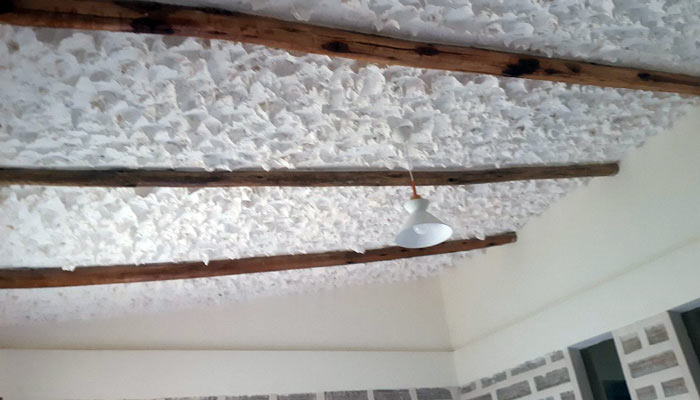
Enjoying the present implies knowing the past. Knowing the origin of Salar de Uyuni, the geological process behind it, the meteorological phenomena involved and the evolution of the transformation, is undoubtedly the best way to appreciate what the immense salt flat has become. It seems that the passing of the years there are some people who feel great, do you think so too?

